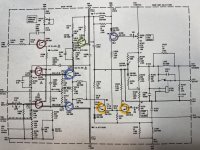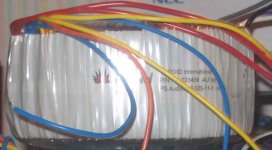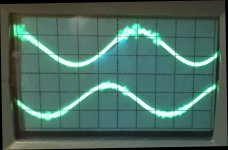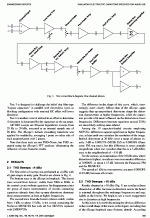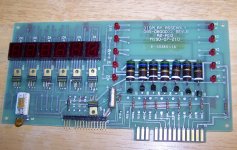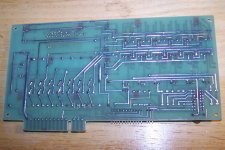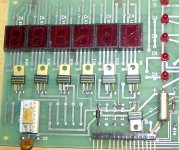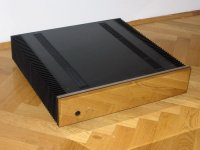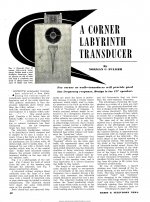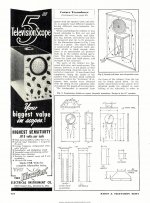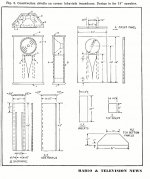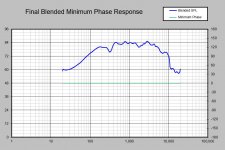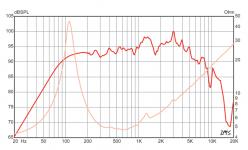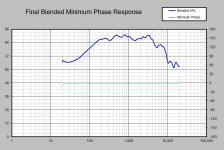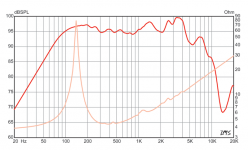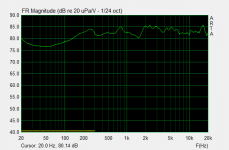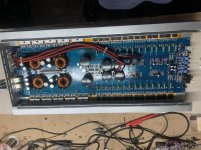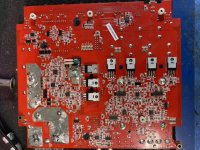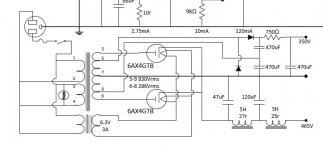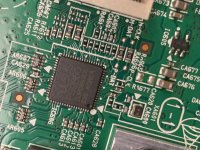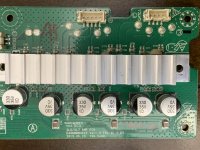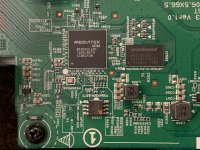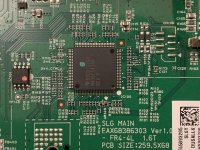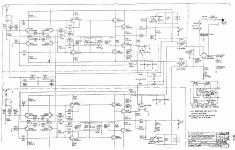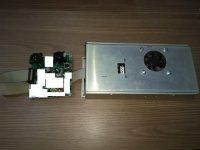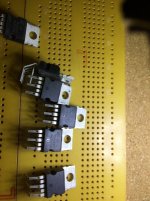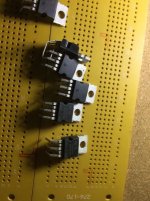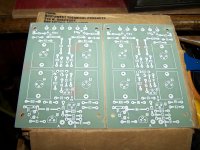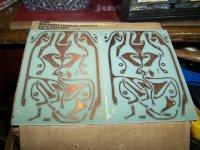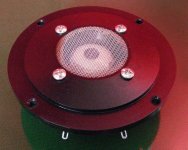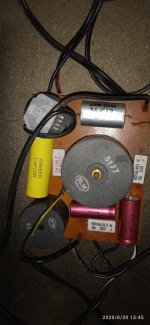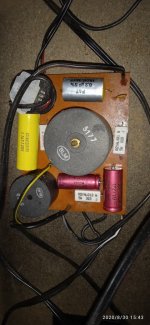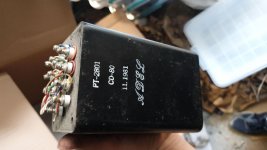WTB-Transformer set(s), OPT and Power
Hi all. I'm just getting back into tube audio after a couple year's hiatus. I'm looking to build an amp, or a couple of mono blocks. Topology isn't important, I'll go pp or se...or even pse....just looking to get north of my current system power, which is about 35wpc maxed out. Reason I'm so open is just for the joy of the build anyway, and for budget purposes. I don't want modern import opt's, so I figured I'd post here and see what anyone has sitting on their bench not being used or planned. I'd rather pay a fellow builder a fair amount and share the project than just order some 100w Hammond Cores. As for power transformers, if it's north of 200-250ma and 400v I'm game.
So yes, if anyone has a pair of some larger opt's and/or power transformer(s) please do pm me.
Thanks much everyone
Loren
So yes, if anyone has a pair of some larger opt's and/or power transformer(s) please do pm me.
Thanks much everyone
Loren
